

| Region rejsu : kanał Panamski, Karaiby |
| Firma : Azamara Cruises |
| Statek : Azamara Quest |
| Data rozpoczęcia : niedz. 15 mar 2026 |
| Data zakończenia : czw. 26 mar 2026 |
| Liczba nocy : 11 nocy |
| Dzień | Data | Port | Wypłynięcie | Odpłynięcie |
|---|---|---|---|---|
| 1 | 15.03 niedz. | Panama City, Floryda / USA | 22:00 | |
| 2 | 16.03 pon. | Kanał Panamski / Panama | 05:00 | 17:00 |
| 3 | 17.03 wt. | Cartagena (Bolívar) / Kolumbia | 13:00 | 22:00 |
| 4 | 18.03 śr. | Santa Marta / Kolumbia | 09:00 | 14:00 |
| 5 | 19.03 czw. | Aruba (Oranjestad) / Aruba | 09:30 | 22:00 |
| 6 | 20.03 pt. | Curaçao / Curacao | 08:00 | 20:00 |
| 7 | 21.03 sob. | Kralendijk / Bonaire | 08:00 | 20:00 |
| 8 | 22.03 niedz. | Dzień na morzu / Morze | 15:00 | |
| 9 | 23.03 pon. | Cabo Rojo / Czerwona peleryna | 08:00 | 18:00 |
| 10 | 24.03 wt. | Dzień na morzu / Morze | ||
| 11 | 25.03 śr. | Dzień na morzu / Morze | ||
| 12 | 26.03 czw. | Miami / USA | 06:00 |
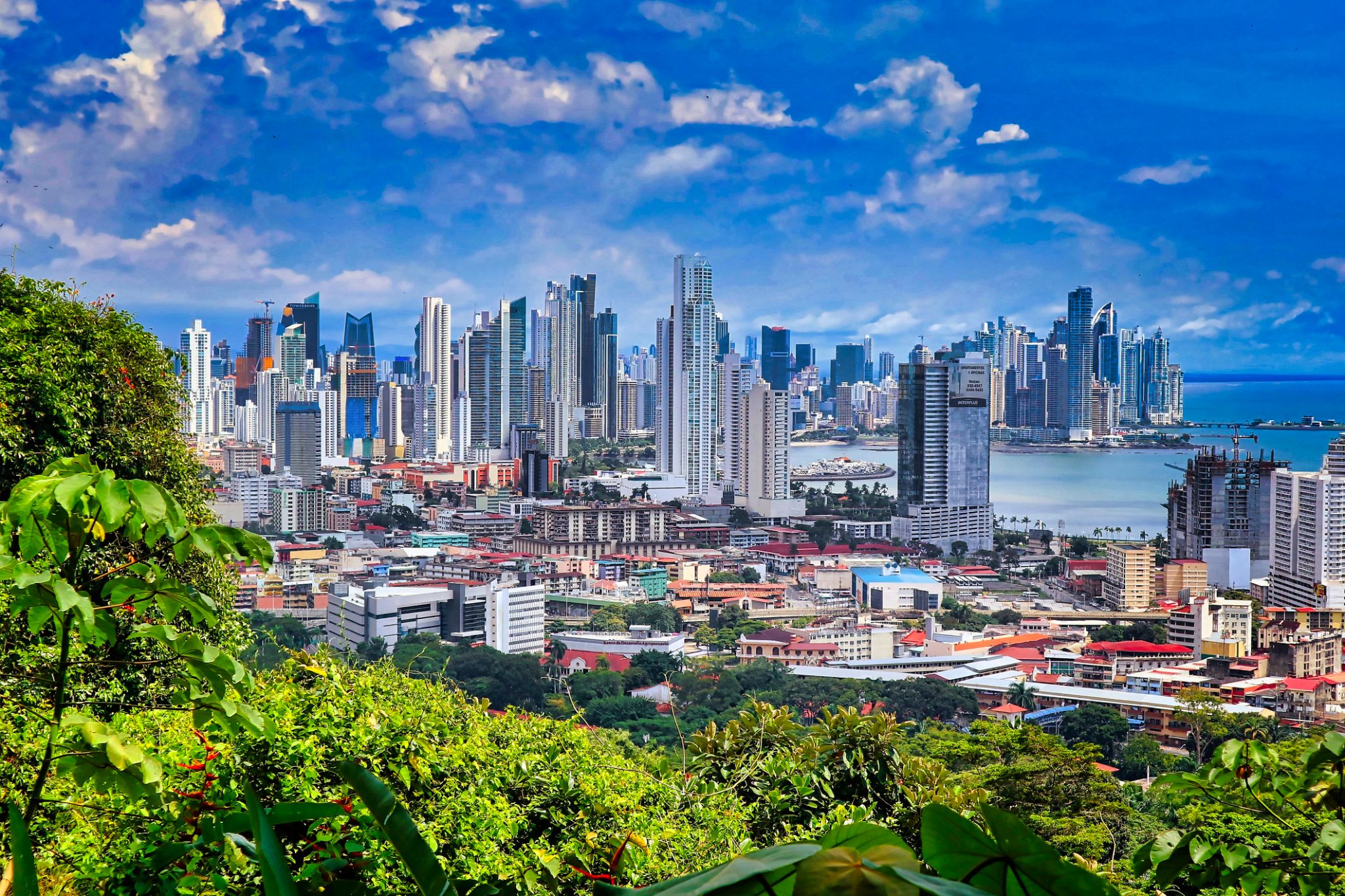
Panama City, położone na północno-zachodnim wybrzeżu Florydy, słynie z długich, białych plaż z miękkim, kwarcowym piaskiem i ciepłych, szmaragdowych wód Zatoki Meksykańskiej. To nadmorskie miasto jest popularne zarówno wśród rodzin z dziećmi, jak i miłośników sportów wodnych: można tu uprawiać kajakarstwo, parasailing, nurkowanie i wędkarstwo. Szczególną atrakcją jest promenada — Pier Park — gdzie znajdują się sklepy, restauracje i centra rozrywki.
Poza plażowaniem Panama City oferuje także unikalne atrakcje przyrodnicze. W pobliżu znajduje się rezerwat St. Andrews State Park, gdzie można obserwować delfiny, spacerować ścieżkami wśród wydm i lasów sosnowych lub wybrać się na wycieczkę na wyspę Shell Island, zachowaną w stanie nienaruszonym. Miasto łączy atmosferę kurortu z południowym urokiem, oferując spokojny, a jednocześnie pełen wrażeń wypoczynek.
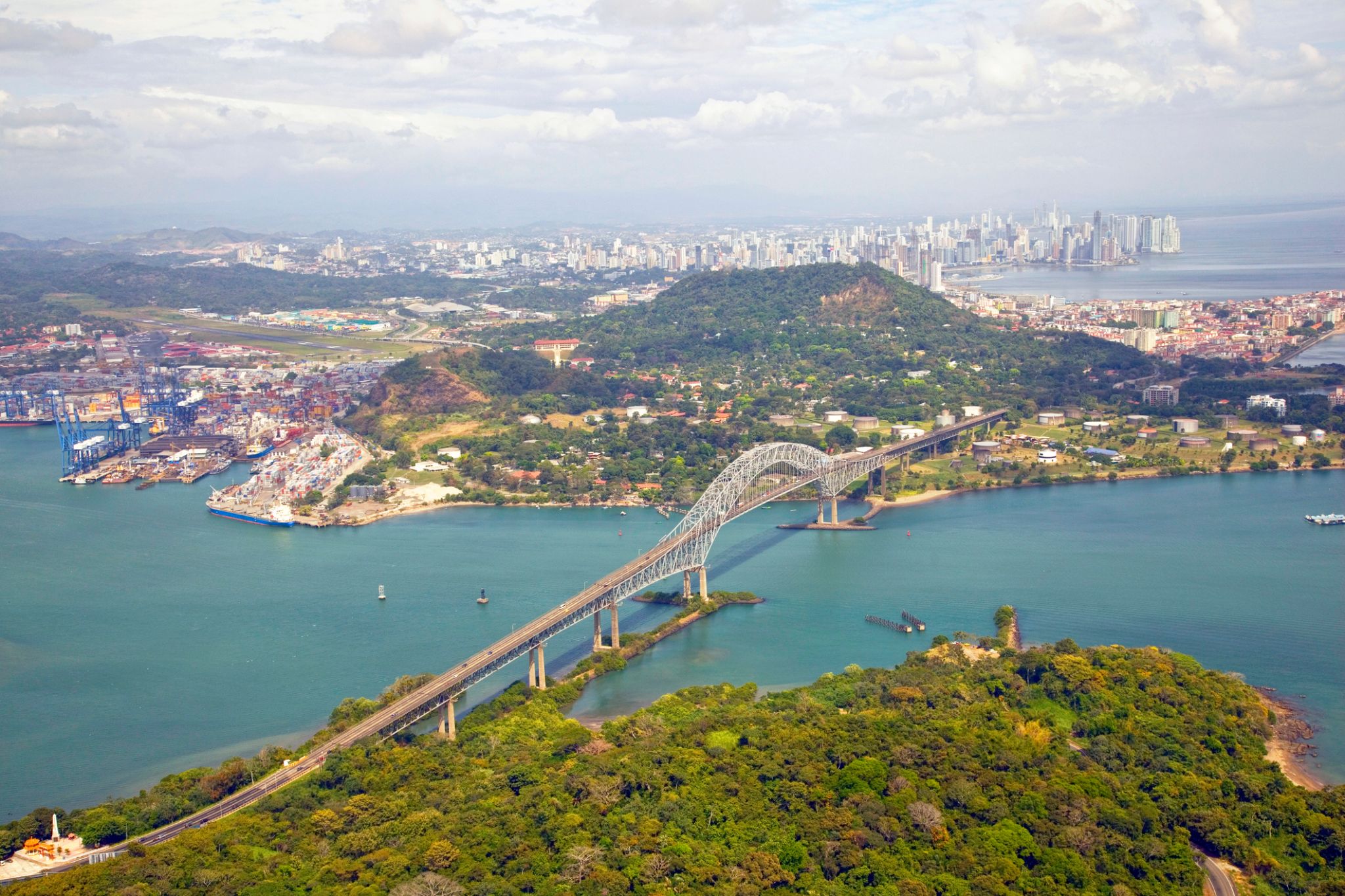
The Panama Canal is an artificial 82 km (51 mi) waterway in Panama that connects the Atlantic Ocean with the Pacific Ocean. The canal cuts across the Isthmus of Panama and is a conduit for maritime trade. Canal locks are at each end to lift ships up to Gatun Lake, an artificial lake created to reduce the amount of excavation work required for the canal, 26 m (85 ft) above sea level, and then lower the ships at the other end. The original locks are 34 m (110 ft) wide. A third, wider lane of locks was constructed between September 2007 and May 2016. The expanded canal began commercial operation on June 26, 2016. The new locks allow transit of larger, post-Panamax ships, capable of handling more cargo.
France began work on the canal in 1881, but stopped due to engineering problems and a high worker mortality rate. The United States took over the project in 1904 and opened the canal on August 15, 1914. One of the largest and most difficult engineering projects ever undertaken, the Panama Canal shortcut greatly reduced the time for ships to travel between the Atlantic and Pacific Oceans, enabling them to avoid the lengthy, hazardous Cape Horn route around the southernmost tip of South America via the Drake Passage or Strait of Magellan.
Colombia, France, and later the United States controlled the territory surrounding the canal during construction. The US continued to control the canal and surrounding Panama Canal Zone until the 1977 Torrijos–Carter Treatiesprovided for handover to Panama. After a period of joint American–Panamanian control, in 1999, the canal was taken over by the Panamanian government. It is now managed and operated by the government-owned Panama Canal Authority.
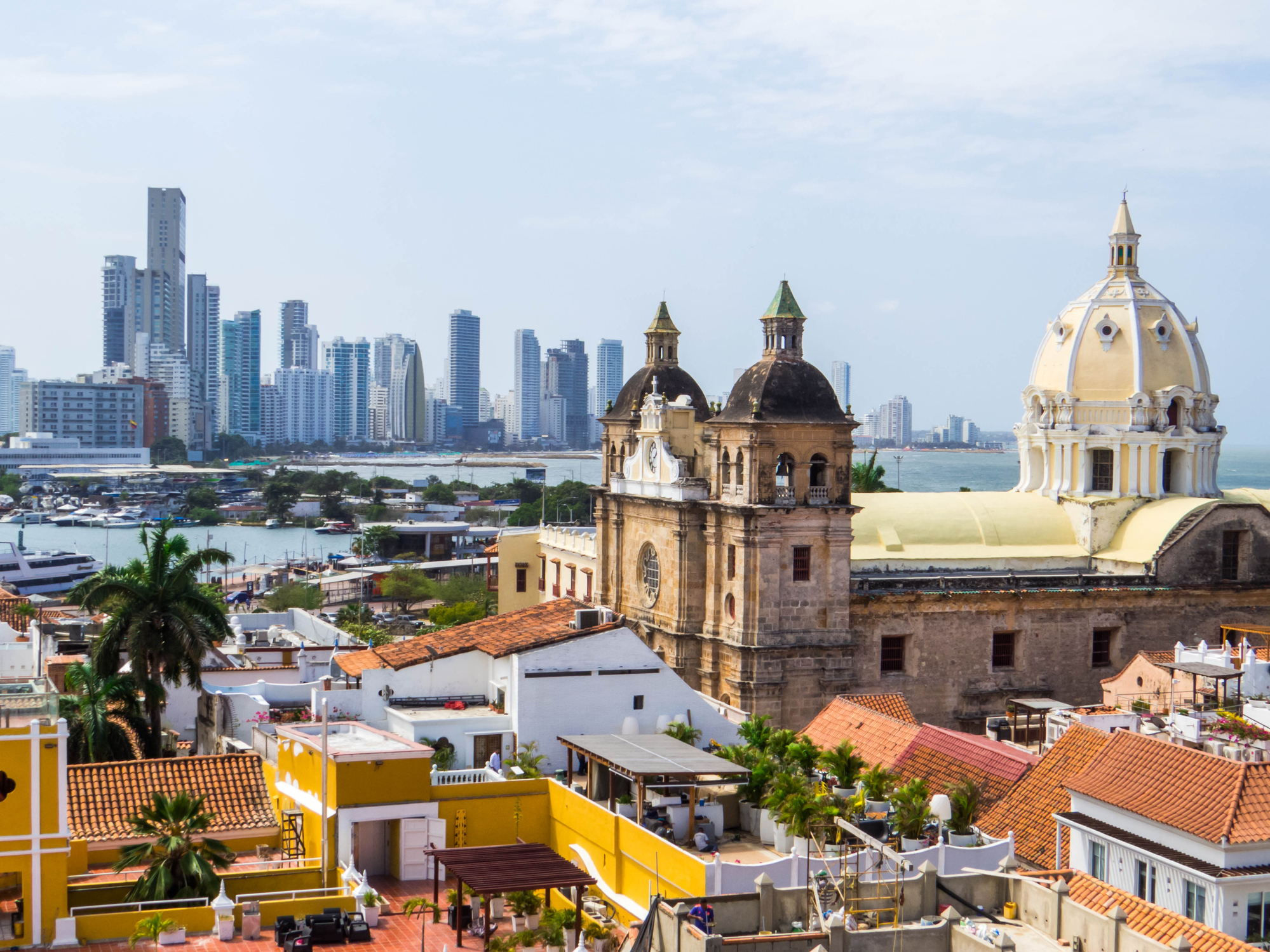
Starożytne mury forteczne, uliczni muzycy i karaibskie słońce tworzą niepowtarzalną atmosferę w Cartagenie (Bolívar) – perle kolumbijskiego wybrzeża. Miasto wpisane na listę światowego dziedzictwa UNESCO zachwyca kolonialną architekturą, uroczymi dziedzińcami i aromatem świeżo parzonej kawy z licznych kawiarni.
Zanurz się w tętniący życiem rytm Cartageny, spacerując brukowanymi uliczkami Starego Miasta, gdzie każdy zakątek kryje opowieści o piratach i hiszpańskich konkwistadorach. Zachód słońca przy starożytnej twierdzy Castillo San Felipe de Barajas to idealne zakończenie dnia pełnego kultury, historii i tropikalnego uroku.
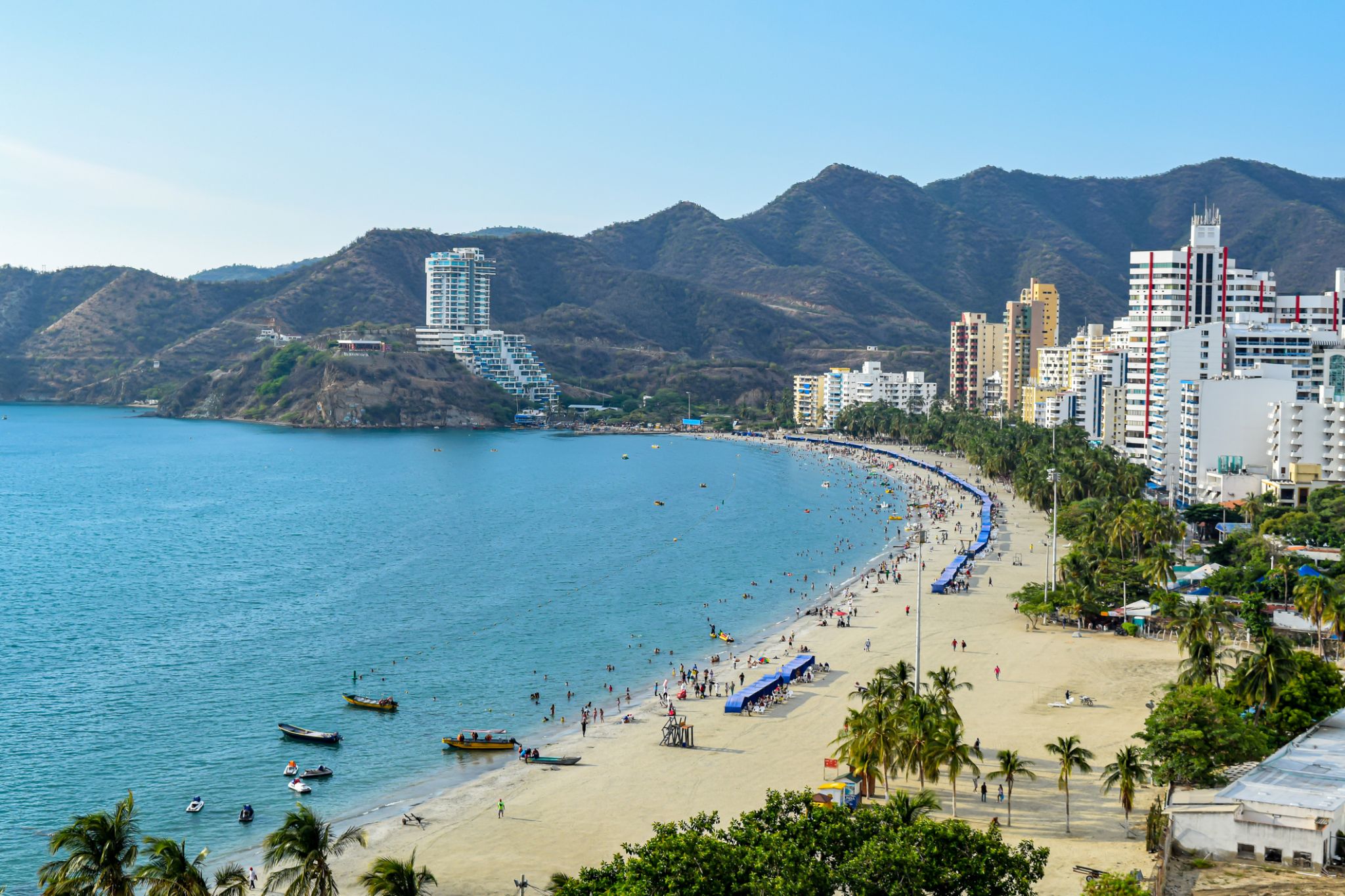
Złote plaże, tropikalne lasy i góry opadające prosto do morza — wszystko to sprawia, że Santa Marta jest jednym z najbardziej kontrastowych i malowniczych miejsc w Kolumbii. Założone w 1525 roku miasto uchodzi za najstarszy kolonialny port Ameryki Południowej i do dziś zachowuje urok hiszpańskiego dziedzictwa, szczególnie w wąskich uliczkach i zabytkowych placach.
Santa Marta to brama do Sierra Nevada de Santa Marta, najwyższego przybrzeżnego pasma górskiego na świecie. Podróżnicy znajdą tu wyjątkowe połączenie wypoczynku na plaży i przygody w dżungli — od spacerów po Parku Narodowym Tayrona po spotkania z kulturą rdzennych mieszkańców Kogi. To miasto jest idealne dla tych, którzy szukają nie tylko słońca i morza, ale także prawdziwej latynoamerykańskiej duszy.

Aruba is an island and a constituent country of the Kingdom of the Netherlands in the southern Caribbean Sea, located about 1,600 kilometres (990 mi) west of the main part of the Lesser Antilles and 29 kilometres (18 mi) north of the coast of Venezuela. It measures 32 kilometres (20 mi) long from its northwestern to its southeastern end and 10 kilometres (6 mi) across at its widest point. Together with Bonaire and Curaçao, Aruba forms a group referred to as the ABC islands. Collectively, Aruba and the other Dutch islands in the Caribbean are often called the Dutch Caribbean.
Aruba is one of the four countries that form the Kingdom of the Netherlands, along with the Netherlands, Curaçao, and Sint Maarten; the citizens of these countries are all Dutch nationals. Aruba has no administrative subdivisions, but, for census purposes, is divided into eight regions. Its capital is Oranjestad.
Unlike much of the Caribbean region, Aruba has a dry climate and an arid, cactus-strewn landscape. This climate has helped tourism as visitors to the island can reliably expect warm, sunny weather. It has a land area of 179 km2(69.1 sq mi) and is densely populated, with a total of 102,484 inhabitants at the 2010 Census. It lies outside Hurricane Alley.
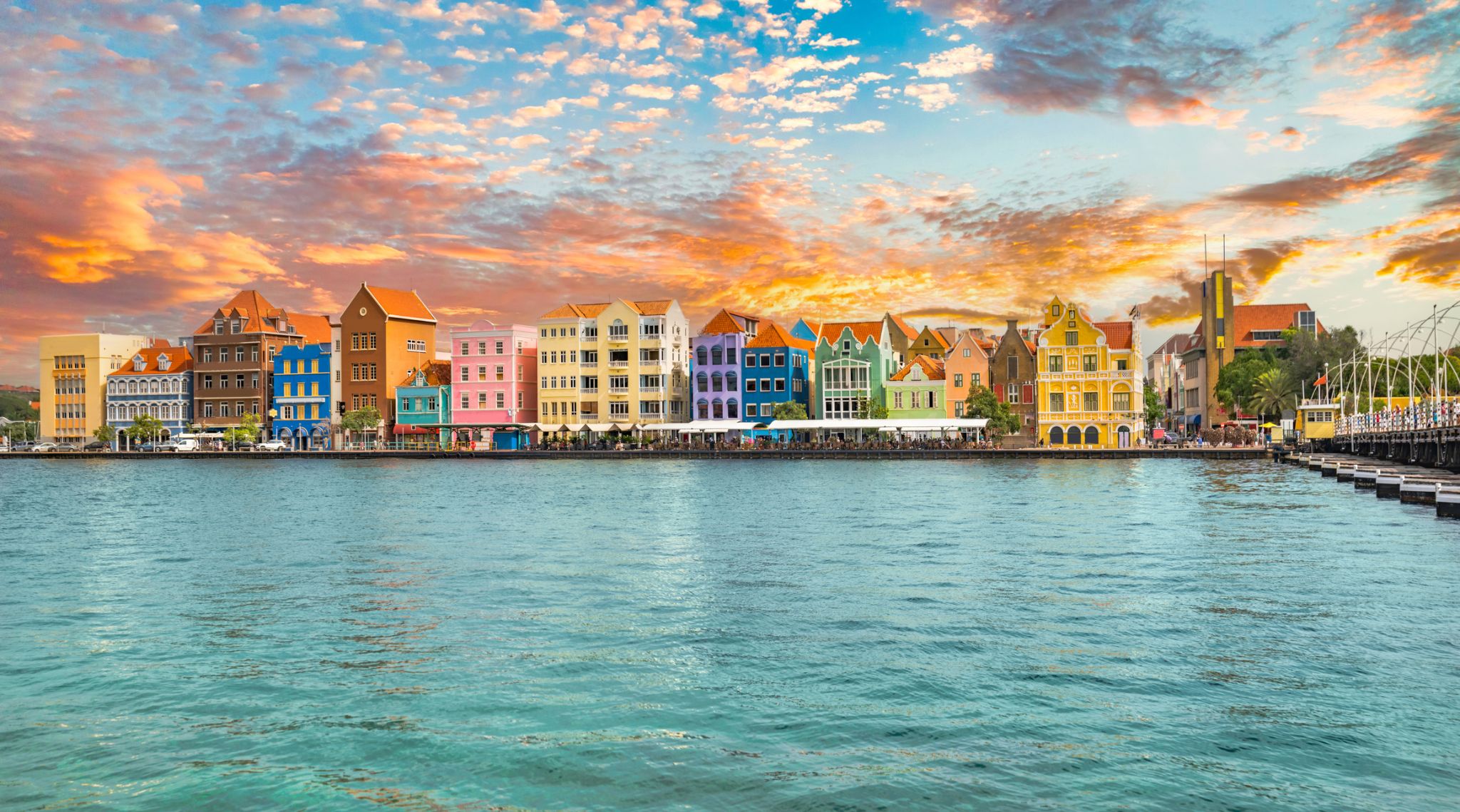
Curaçao jest wyspą w Małych Antylach na południowym Morzu Karaibskim i w regionie Karaibów Holenderskich, około 65 km (40 mil) na północ od wybrzeża Wenezueli. Jest krajem składowym (hol. land) Królestwa Niderlandów.

Przytulnie położone na wyspie Bonaire na Morzu Karaibskim, Kralendijk przyciąga podróżnych swoją spokojną atmosferą i malowniczą promenadą. To niewielkie miasteczko jest administracyjnym centrum wyspy i prawdziwym rajem dla miłośników snorkelingu i nurkowania: wybrzeże obfituje w rafy koralowe i krystalicznie czystą wodę, gdzie można obserwować tropikalne ryby tuż przy brzegu.
Kralendijk zachwyca pastelowymi domkami w stylu kolonialnym, przytulnymi kawiarniami i serdecznymi mieszkańcami. Turyści mogą spacerować cichymi uliczkami, odwiedzać lokalne sklepy z rękodziełem lub wybrać się na rejs po morskim parku Bonaire. To idealne miejsce dla tych, którzy pragną spokoju, słońca i niezapomnianych wrażeń pod wodą.

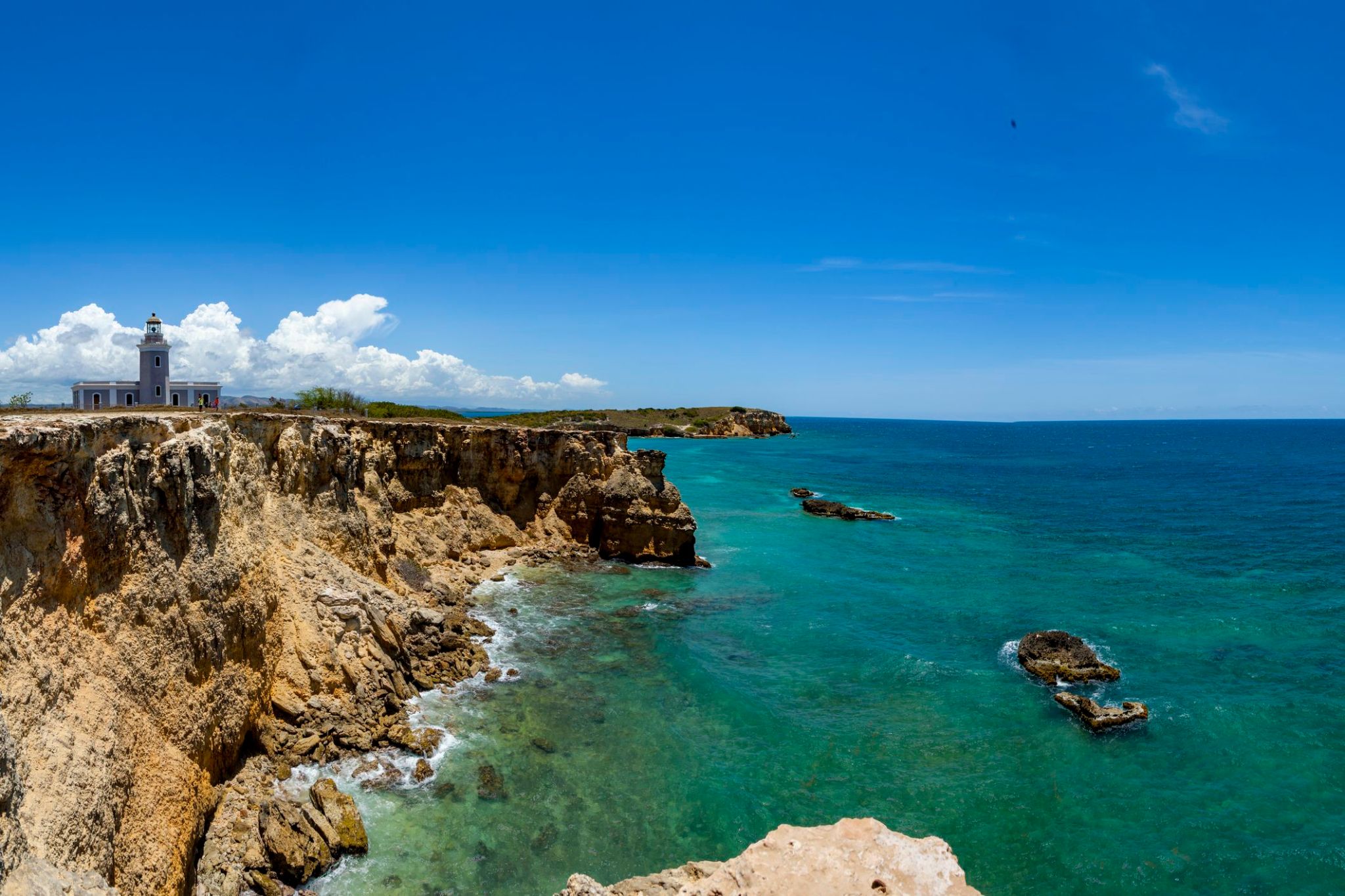
Odosobnione plaże, turkusowe wody i dzika przyroda sprawiają, że Cabo Rojo to jeden z najbardziej malowniczych zakątków Portoryko. Położony na południowo-zachodnim wybrzeżu wyspy region przyciąga turystów nie tylko widokami, ale i unikalnym ekosystemem – solniskami oraz nadmorskimi lasami namorzynowymi. Jedną z głównych atrakcji jest latarnia morska Cabo Rojo, z której roztaczają się zapierające dech w piersiach widoki na klify i Morze Karaibskie.
Cabo Rojo jest szczególnie ceniony przez tych, którzy szukają ciszy z dala od tłumów turystów. Można tu popływać kajakiem, wędrować dzikimi ścieżkami lub obserwować ptaki w rezerwacie przyrody. Miejscowa kuchnia, oparta na owocach morza, zachwyca świeżością, a zachód słońca na plaży Playa Sucia pozostanie romantycznym wspomnieniem na długo.


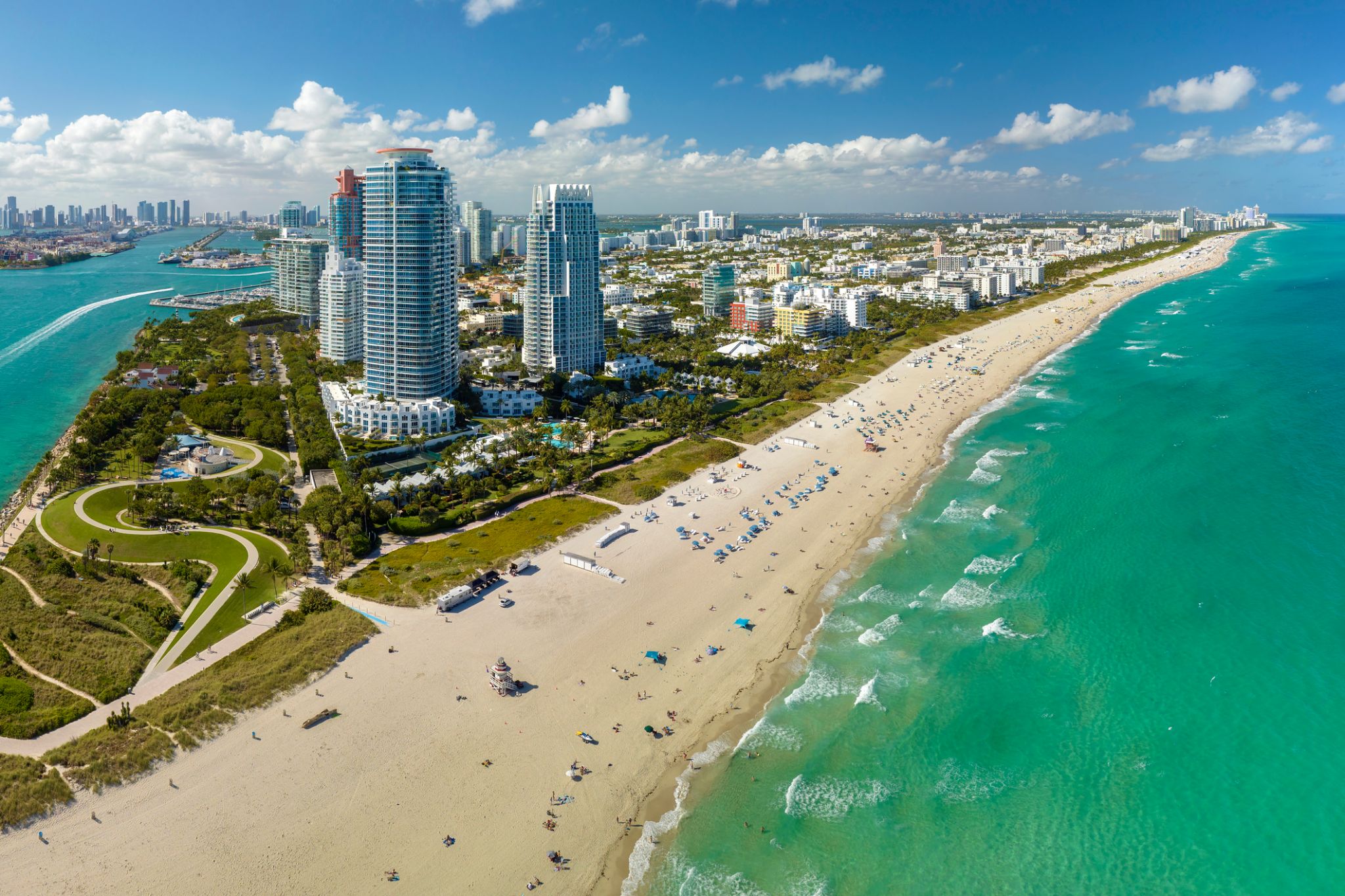
Miami, officially the City of Miami, is the cultural, economic and financial center of South Florida. Miami is the seat of Miami-Dade County, the most populous county in Florida. The city covers an area of about 56.6 square miles (147 km2), between the Everglades to the west and Biscayne Bay on the east; with a 2017 estimated population of 463,347, Miami is the sixth most densely populated major city in the United States. The Miami metropolitan area is home to 6.1 million people and the seventh-largest metropolitan area in the nation. Miami's metro area is the second-most populous metropolis in the southeastern United States and fourth-largest urban area in the U.S.
Miami is a major center, and a leader in finance, commerce, culture, media, entertainment, the arts, and international trade. The Miami Metropolitan Area is by far the largest urban economy in Florida and the 12th largest in the United States with a GDP of $344.9 billion as of 2017. In 2012, Miami was classified as an "Alpha−" level world city in the World Cities Study Group's inventory. In 2010, Miami ranked seventh in the United States and 33rd among global cities in terms of business activity, human capital, information exchange, cultural experience, and political engagement. In 2008, Forbes magazine ranked Miami "America's Cleanest City", for its year-round good air quality, vast green spaces, clean drinking water, clean streets, and citywide recycling programs. According to a 2009 UBS study of 73 world cities, Miami was ranked as the richest city in the United States, and the world's seventh-richest city in terms of purchasing power. Miami is nicknamed the "Capital of Latin America" and is the largest city with a Cuban-American plurality.
Greater Downtown Miami has one of the largest concentrations of international banks in the United States, and is home to many large national and international companies. The Civic Center is a major center for hospitals, research institutes, medical centers, and biotechnology industries. For more than two decades, the Port of Miami, known as the "Cruise Capital of the World", has been the number one cruise passenger port in the world. It accommodates some of the world's largest cruise ships and operations, and is the busiest port in both passenger traffic and cruise lines. Metropolitan Miami is also a major tourism hub in the southeastern U.S. for international visitors, ranking number two in the country after New York City.